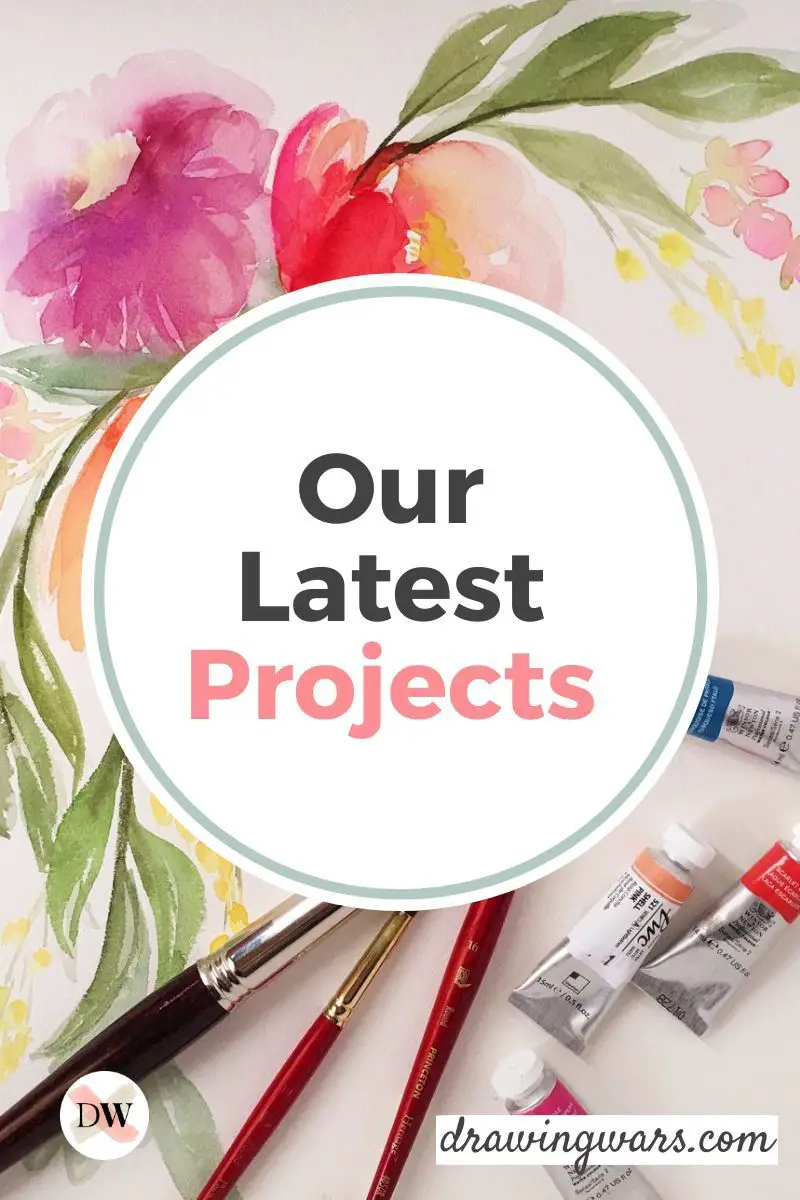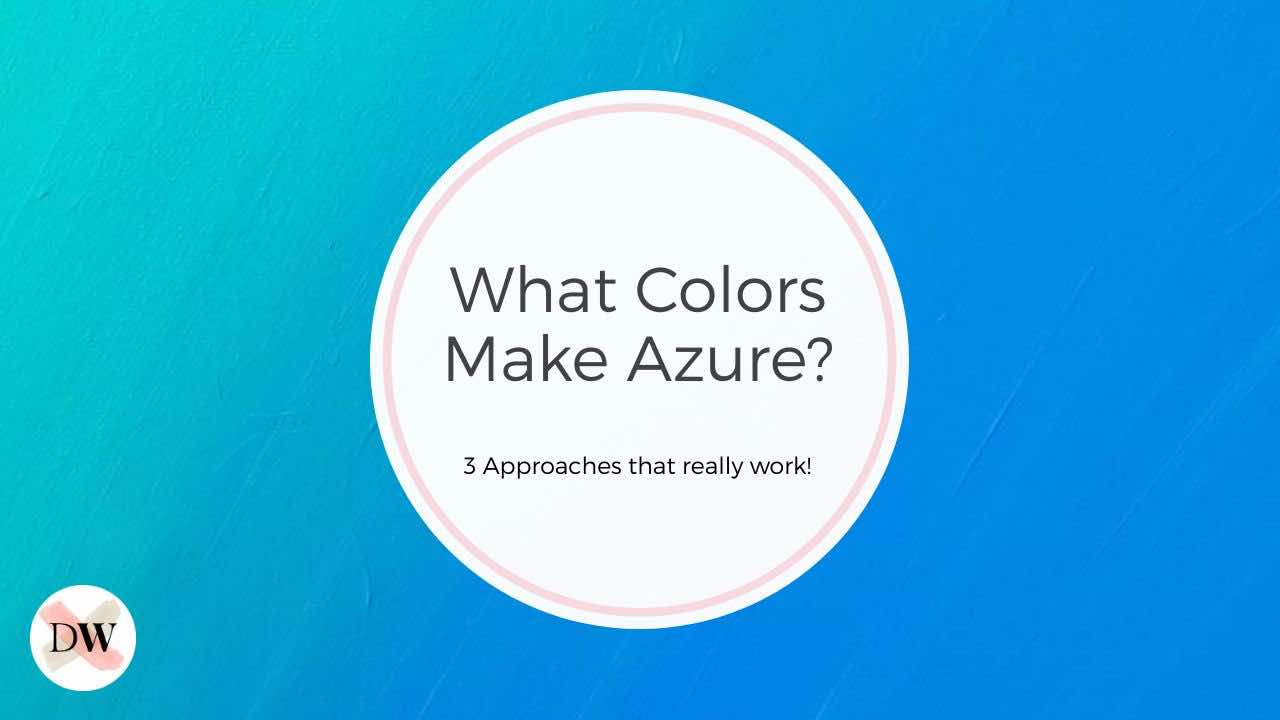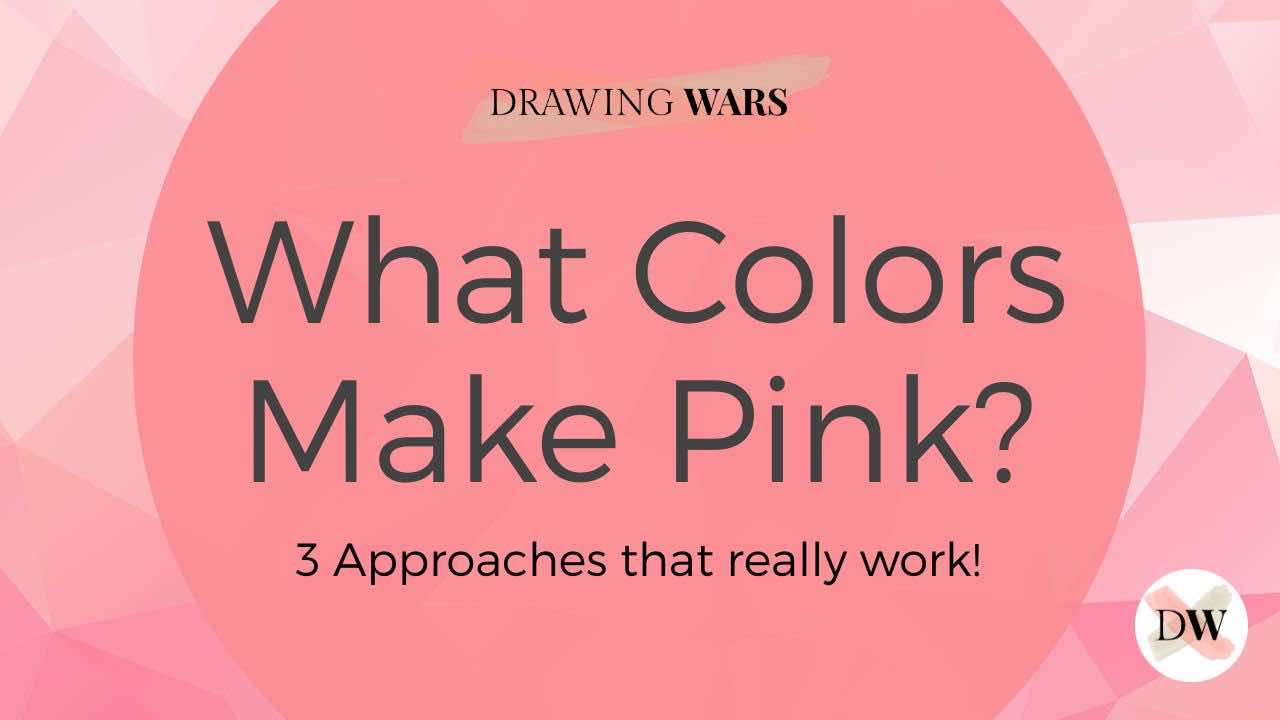
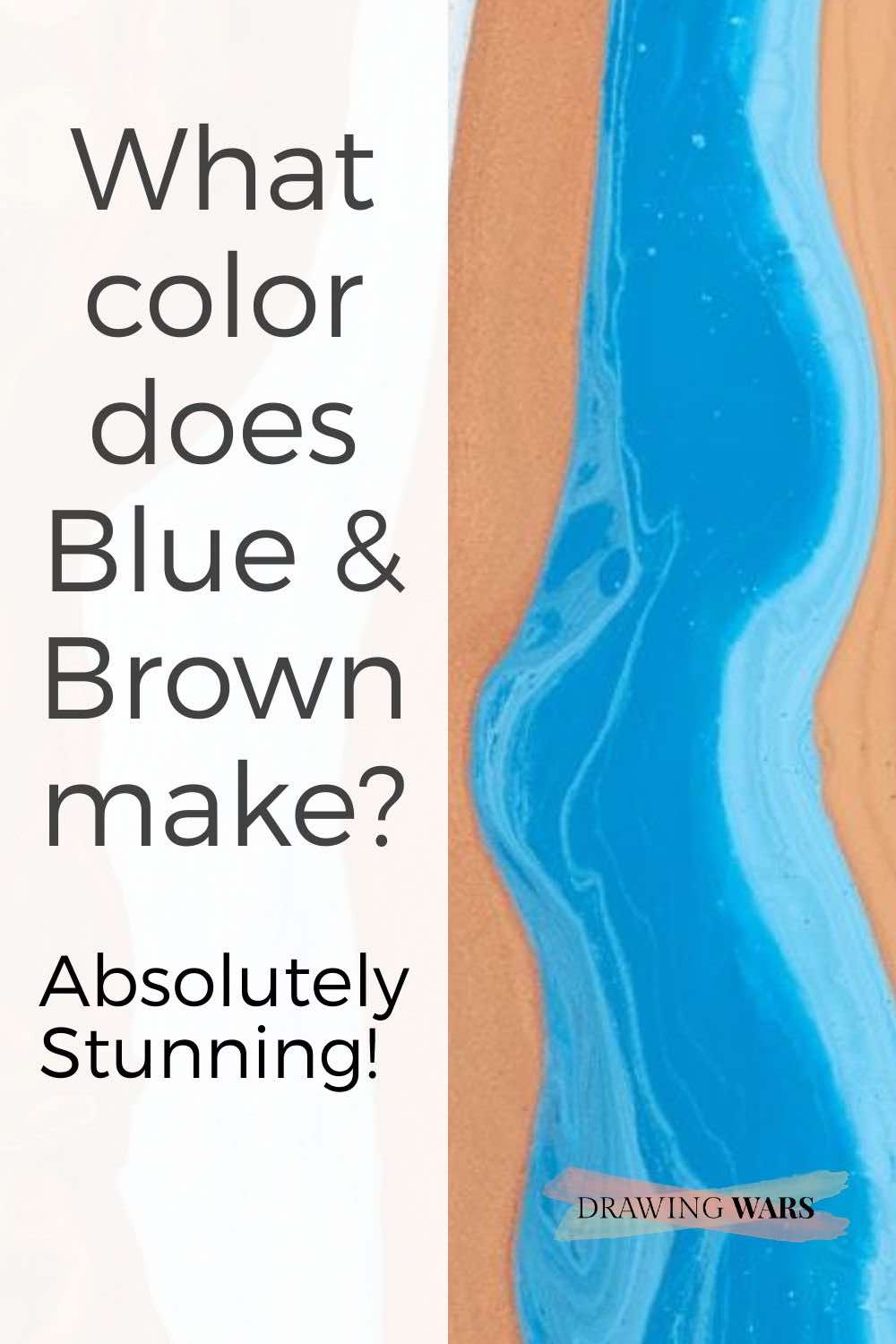
Blue and Brown: An Introduction
What comes to your mind when you think of blue and brown? For us, blue reminds us of the water, whereas brown makes us think of the vast soil and the brown hues in nature, such as tree trunks. While blue is a primary color, brown is a neutral color, however, both of them have more or less the same psychological impact. We love using them in our art and design projects because they provide security and calm feelings. But what happens when you mix them?
Mixing primary color blue and neutral color brown would result in teal or a muddy brown. By adding more blue to the mix, the final color would be a dark blue, whereas by adding more brown, it would lean toward a muddy brown.
1. Understanding the Color Wheel and Color Theory
Teal is a toned-down deep blue, whereas brown is a neutral color.
Neutral colors do not appear on the color wheel. However, brown can be created by mixing red, blue, and yellow.

Blue is a cool color, whereas brown could be either cool or warm. Also, blue is primary which means you can’t make it from any other color. But if you want to have a darker blue hue, you can mix it with its complementary color, orange.
Creating tonal values
To create tonal values and contrast, all you have to do is use neutral colors. Keep in mind that brown itself is a neutral color. So in order to go darker or lighter for brown, the easiest method is to use white, grey, and black. Adding white to a color means you’re tinting it and making it lighter. Adding grey to color means you’re toning it and making a mid-range hue.
For blue too, you could simply use white, grey, or black to create multiple hues without turning the particular blue hue into a teal shade. It is easy to follow if you’re finding complementary colors hard.
2. Brown or blue: How much to add to the mix?
It all depends on whether you want a teal shade or brown!

While mixing blue and brown, you can consider if you’re using a warm brown or a blue one. It could help set the overall color temperature of the resulting color - whether you opt for teal or a muddy brown.
What happens if you add more blue to the mix?
Adding more blue to the mix would result in a bluish tint in the teal. So its tonal value would begin to lighten according to the blue being added. Note that the blue hue you’re using will also have an impact on the resulting color. For instance, if you’re using cerulean blue, it’s inherently lighter than ultramarine and would thus help make a dark and muddy brown less intense too.
What happens if you add more brown to the mix?
Adding more brown will result in a muddier appearance. It could be a good color for creating tones and the warmth or the coolness of the mixed color would depend on the brown hue you’re using. If you’re adding a lighter brown, it could result in a pastel shade.
PRO-TIP
remember tonal values
How light or dark your brown and blue are will also have a role to play. All in all, the tonal values and the hues you choose also matter!
3. What is the color psychology of teal and brown?
Teal and brown both are like two sides of the same coin.

When you think of teal, you could visualize the deep oceans and seas. On the other hand, brown is as much a reminder of nature as blue is. It depends on how much blue you’re adding to the mix and how much brown is present - that decides what effect the resulting color has on the viewer and the environment overall.
For teal, the main positive aspects are being logical, sympathetic, welcoming and refreshing. However, since it’s a deep and darker blue, it could come across as edgy, private and uneasy as well.
For brown, the main positive aspects are wisdom, appreciation, support and dependability. As for the negative side, the aspects could be being timid, unpredictable, or dull.
Make sure you check out this guide on how colors get associated with cultures and symbolism . It will help you understand how cultural and symbolic association with color works generally.
4. Using teal and brown in art and design
Teal reflects calm and soothing feelings, whereas brown is more stable.

These two colors make a brilliant combination in artworks and design projects. For interior design, they could easily create a natural and ‘feel at home’ environment when used in proper contrast.
Brown is an excellent option for figure studies and even monochromatic artworks. It is due to the fact that it is an earthly color and gives off the classic vibes from the traditional art era, when most of the drawings would be of single color.
If you’re creating a landscape painting, you could use teal to create dark shadows. Other than that, combining teal and brown in a seascape painting could yield phenomenal results!
If you’re looking for a set of blue markers, we recommend getting this amazing set .
Copic Markers - Sea and Sky
This set of 6 markers are permanent and perfect for drawing blue skyscapes and seas.
PRO-TIP
light and shadow
Warm light creates cool shadows. And cool light creates warm shadows. So keep you can choose your cool and warm hues accordingly!
Conclusion
Hence, by mixing blue and brown, you can get two beautiful colors. Either it’s a teal blue or it’s a muddy brown. If you want the result to be a teal hue, you would need to make sure the blue is in greater proportion to the brown. Psychologically, the teal evokes calm and cool feelings just like blue, and brown reflects security but it is comfortable nonetheless.
If you wish to learn more about color mixing with blue, we recommend you read this post on what happens when blue and pink are mixed !
What color does Blue & Pink make? Absolutely Stunning!
Blue is a primary color, while pink is a tint of red. So what do they make when they are mixed together? Have a look at this beautiful color!
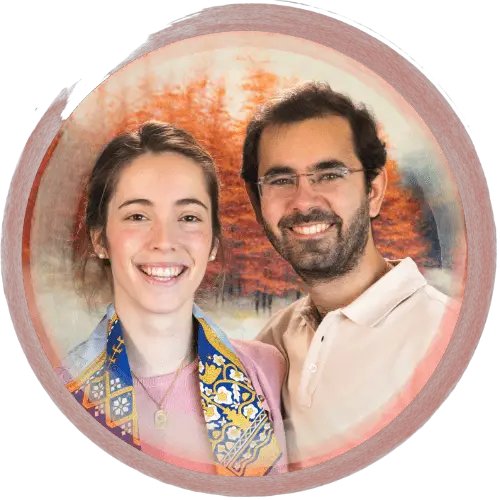
By Jimena & Iñigo
The Navarro-Rubios
My husband and I are learning how to draw and paint. We wanted to share this learning process with the world and have fun! That's why we created this blog. We'll have drawing contests every week and you'll decide who won that week! Follow along and learn with us!

Jimena & Iñigo
The Navarro-Rubios
My husband and I are learning how to draw and paint. We wanted to share this learning process with the world and have fun! That's why we created this blog. We'll have drawing contests every week and you'll decide who won that week! Follow along and learn with us!




